Introduction
Hangzhou, a city steeped in history and natural beauty, is renowned for its serene West Lake—a UNESCO World Heritage Site that has inspired poets, painters, and gourmands for centuries. Among the culinary treasures born from this region is Stir-Fried West Lake Lotus Root, a dish that embodies the delicate balance of flavor, texture, and tradition. Lotus roots, or ou in Mandarin, grow abundantly in the muddy waters of West Lake, and their crisp, refreshing nature makes them a beloved ingredient in Chinese cuisine. This dish, often served in local households and high-end restaurants alike, celebrates the lotus root’s versatility while paying homage to Hangzhou’s agricultural heritage.
In this article, we will explore the intricacies of preparing Stir-Fried West Lake Lotus Root, from selecting the freshest ingredients to mastering the stir-fry technique that ensures a harmonious blend of flavors. Whether you are a seasoned cook or a curious novice, this guide will equip you with the knowledge to recreate this iconic dish in your own kitchen.
The Ingredients: A Symphony of Freshness
The foundation of any great dish lies in its ingredients, and Stir-Fried West Lake Lotus Root is no exception. To capture the essence of Hangzhou’s cuisine, you will need:
-
Lotus Root (2 medium-sized roots):
- Choose lotus roots that are firm, smooth, and free of blemishes. The skin should have a pale beige hue, and the ends should be intact to preserve freshness.
- Pro Tip: Lotus root oxidizes quickly when exposed to air, so soak sliced pieces in a bowl of water with a splash of vinegar to prevent browning.
-
Vegetables:
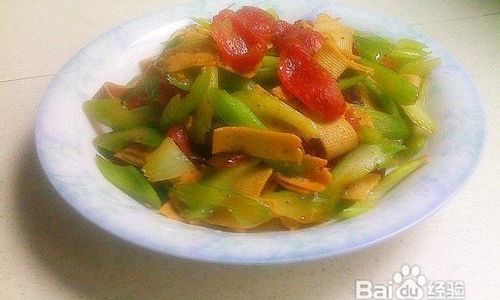
- Red Bell Pepper (1 medium): Adds sweetness and vibrant color.
- Green Bell Pepper (1 medium): Provides a mild, grassy contrast.
- Bamboo Shoots (100g, fresh or canned): Offers a crunchy texture and earthy flavor.
- Wood Ear Mushrooms (干木耳, 20g, dried): Rehydrate in warm water for 20 minutes; they contribute a slippery, chewy texture.
-
Aromatics:
- Garlic (4 cloves), minced: Infuses the dish with pungent depth.
- Ginger (1-inch piece), julienned: Adds a warm, peppery kick.
- Scallions (3 stalks), sliced diagonally: Separate white and green parts; use whites for cooking and greens for garnish.
-
Seasonings:
- Light Soy Sauce (2 tbsp): For savory umami notes.
- Dark Soy Sauce (1 tsp): Enhances color and richness.
- Rice Vinegar (1 tbsp): Brightens the dish with acidity.
- Sesame Oil (1 tsp): Imparts a nutty aroma.
- Sugar (1 tsp): Balances the flavors.
- White Pepper (¼ tsp): A subtle, floral spice.
- Cornstarch (1 tbsp, mixed with 2 tbsp water): For thickening the sauce.
-
Optional Additions:
- Dried Chili Flakes: For heat.
- Shaoxing Wine (1 tbsp): A rice wine that elevates complexity.
- Toasted Sesame Seeds: For garnish.
Preparation: The Dance of the Knife
The success of Stir-Fried West Lake Lotus Root hinges on precise knife skills and meticulous preparation. Follow these steps to ensure each ingredient is perfectly prepped:
-
Cleaning and Slicing the Lotus Root:
- Rinse the lotus roots under cold water, scrubbing gently to remove mud.
- Trim the ends and peel the skin using a vegetable peeler.
- Slice the lotus root into thin, even rounds (about ⅛-inch thick). For a decorative touch, make a few shallow cuts along the edges to create a ruffled effect.
- Immediately submerge the slices in vinegar water to prevent discoloration.
-
Prepping the Vegetables:
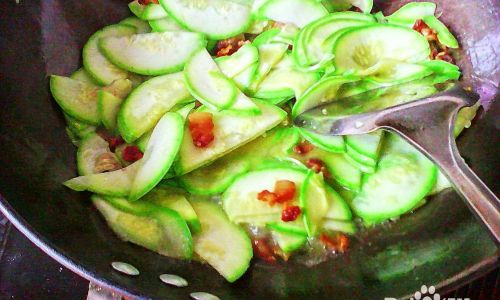
- Deseed the bell peppers and cut them into thin strips.
- Slice the bamboo shoots into matchsticks.
- Drain and trim the wood ear mushrooms, tearing them into bite-sized pieces.
-
Mise en Place:
- Gather all aromatics and seasonings in separate bowls.
- Drain the lotus root slices and pat them dry with a kitchen towel.
Cooking Technique: The Alchemy of the Wok
Stir-frying is a high-heat cooking method that demands precision and speed. Follow these steps to achieve the perfect texture and flavor:
-
Heating the Wok:
- Place a wok or large skillet over high heat. Add 2 tbsp of vegetable oil and swirl to coat the surface.
- Pro Tip: A well-seasoned carbon steel wok distributes heat evenly, but a stainless steel pan works too.
-
Stir-Frying the Aromatics:
- When the oil shimmers, add the minced garlic, julienned ginger, and white parts of the scallions. Stir-fry for 10–15 seconds until fragrant.
- Avoid burning the aromatics—reduce heat slightly if needed.
-
Adding the Lotus Root:
- Drain the lotus root slices and add them to the wok. Stir-fry for 2–3 minutes until they turn slightly translucent.
- Key Technique: Maintain constant motion to prevent sticking and ensure even cooking.
-
Incorporating Vegetables:
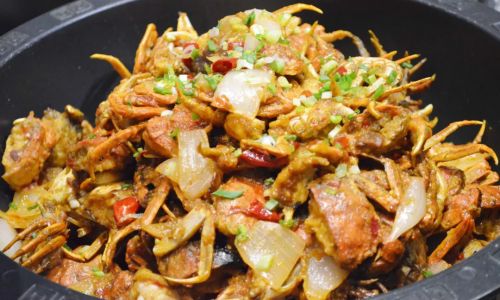
- Toss in the bell peppers, bamboo shoots, and wood ear mushrooms. Stir-fry for another 2 minutes.
- The vegetables should retain their vibrant colors and crispness.
-
Seasoning the Dish:
- Drizzle in the light and dark soy sauces, rice vinegar, and Shaoxing wine (if using). Sprinkle sugar and white pepper.
- Stir vigorously to coat the ingredients evenly.
-
Thickening the Sauce:
- Pour the cornstarch slurry into the wok, stirring continuously. The sauce will thicken within 30 seconds.
- Pro Tip: Adjust the cornstarch amount based on desired consistency.
-
Finishing Touches:
- Remove the wok from heat. Drizzle with sesame oil and toss in the green parts of the scallions.
- Garnish with toasted sesame seeds or dried chili flakes (if desired).
Serving Suggestions: A Feast for the Senses
Stir-Fried West Lake Lotus Root is best enjoyed fresh off the stove, when the lotus root retains its signature crunch and the sauce clings lightly to each piece. Serve it as:
- A Side Dish: Pair with steamed jasmine rice or noodles for a balanced meal.
- Part of a Banquet: Include it in a multi-course Chinese feast alongside dishes like Sweet and Sour Pork or Braised Eggplant.
- A Vegetarian Delight: Omit the wood ear mushrooms and add extra bamboo shoots for a plant-based twist.
Health Benefits: Nourishment from Nature
Beyond its culinary appeal, this dish offers a wealth of nutritional benefits:
- Lotus Root: Rich in dietary fiber, vitamin C, and potassium, it aids digestion and supports immune function.
- Bamboo Shoots: Low in calories and high in antioxidants, they promote heart health.
- Wood Ear Mushrooms: Packed with iron and vitamins, they are believed to boost circulation.
Cultural Significance: A Taste of Tradition
In Hangzhou, lotus roots symbolize purity and resilience—qualities reflected in their ability to thrive in murky waters yet emerge unblemished. The dish is often prepared during festivals and family reunions, where its crisp texture and refreshing taste serve as a palate cleanser amid richer meals. Legend has it that the Qianlong Emperor, during his visit to Hangzhou, was so enamored with this dish that he ordered it to be included in the imperial menu.
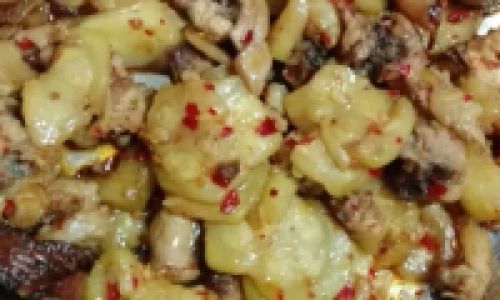
Variations and Customizations
While the classic recipe is a masterpiece in itself, feel free to experiment:
- Protein Boost: Add shrimp, chicken, or tofu for added heartiness.
- Spicy Kick: Incorporate Sichuan peppercorns or fresh chili peppers.
- Sweet Note: Toss in a handful of diced pineapple for a tropical twist.
Troubleshooting: Common Pitfalls and Solutions
-
Soggy Lotus Root:
- Cause: Overcooking or insufficient draining.
- Fix: Stir-fry over high heat and ensure slices are patted dry.
-
Bland Flavor:
- Cause: Under-seasoning or uneven sauce distribution.
- Fix: Taste and adjust seasonings before serving; toss ingredients thoroughly.
-
Burnt Aromatics:
- Cause: Wok too hot or aromatics added too early.
- Fix: Lower heat slightly and stir-fry aromatics briefly.
Conclusion: A Legacy Preserved in Every Bite
Stir-Fried West Lake Lotus Root is more than a dish—it’s a bridge between Hangzhou’s past and present, a testament to the harmony between nature and culinary artistry. By mastering this recipe, you not only acquire a skill but also honor a tradition that has delighted generations. So, gather your ingredients, heat your wok, and embark on a journey that begins in the kitchen and ends with a taste of West Lake itself.
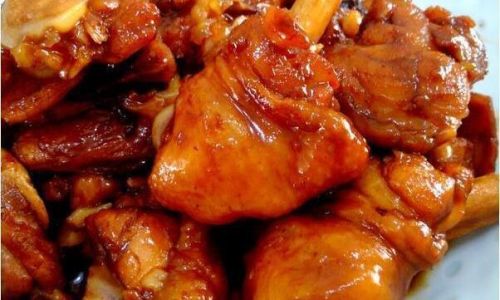
Whether you’re cooking for family, friends, or simply indulging in a solo feast, this dish invites you to savor the flavors of Hangzhou and create memories that linger long after the last bite. Bon appétit!
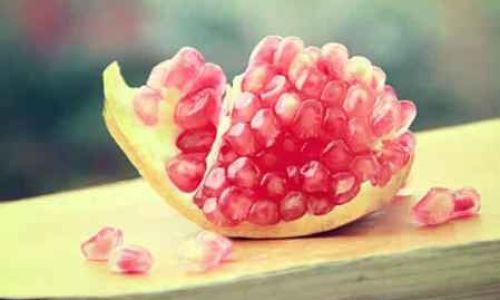


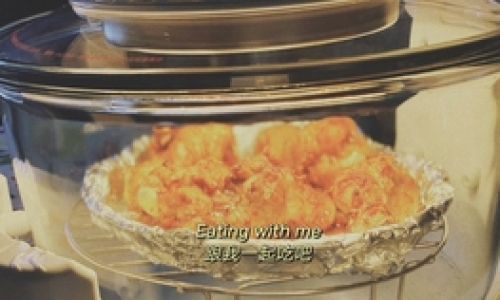

0 comments